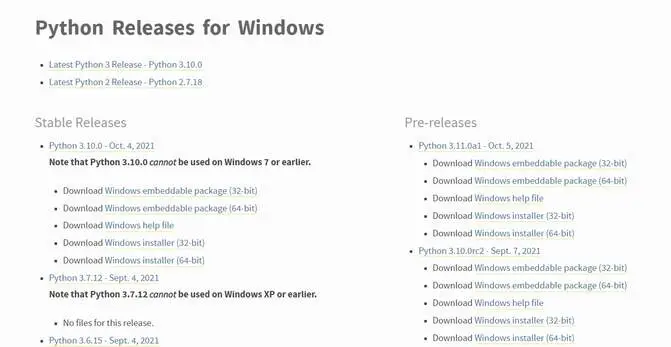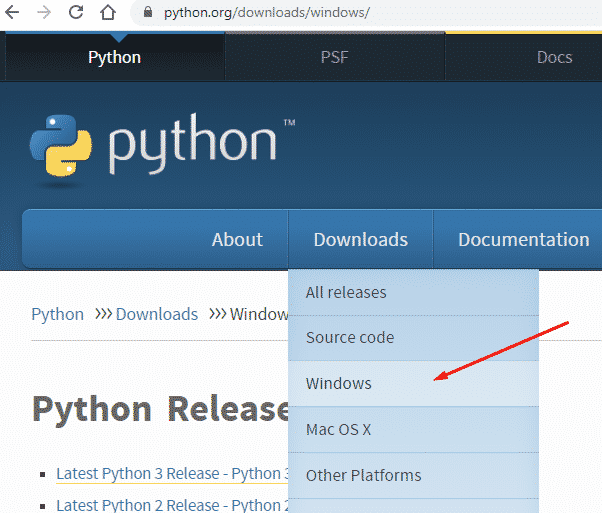

At the end of the day you can simply install Anaconda without worrying about any of these details.Īn important note for people who code in languages other than Python: Anaconda has its own lib and bin directories that it uses to store library files and binary files as needed. Those services are written such that they will directly invoke the Python executable that came with the operating system - they will not accidentally run the version of Python that came withĪnaconda. Those operating systems use their native versions of Python to perform some of their services.

It is critical that you do not attempt to uninstall, remove, or change this native version of Python. Thus, by placing theĪnaconda3 directory at the beginning of your path, the Anaconda-installer has ensured that your computer will prioritize Anaconda’s python executable over any other installations of Python on your computer, because it will find that executable first.įor Linux and Mac users, it is very likely that your system already has a version of Python installed. Whenever you execute any command in your computer’s terminal, the computer will quickly search through the directories that are specified in the path for an executable with that name it will execute the first such executable that it finds. Your system’s path is simply a list of directories. If you followed the install instructions as specified above, then the Anaconda-installer also placed this directory in your system’s “path”. The default install location for Anaconda is:

It also contains the executable files for all of these applications. This created a directory called Anaconda3 (or some variant of this) on your computer, which contains all of the files associated with the CPython interpreter, all of the modules in Python’s standard library, the aforementioned 3rd party packages that come as part of the Anaconda distribution (e.g. NumPy, SciPy, Jupyter, iPython), and the conda package manager.


 0 kommentar(er)
0 kommentar(er)
